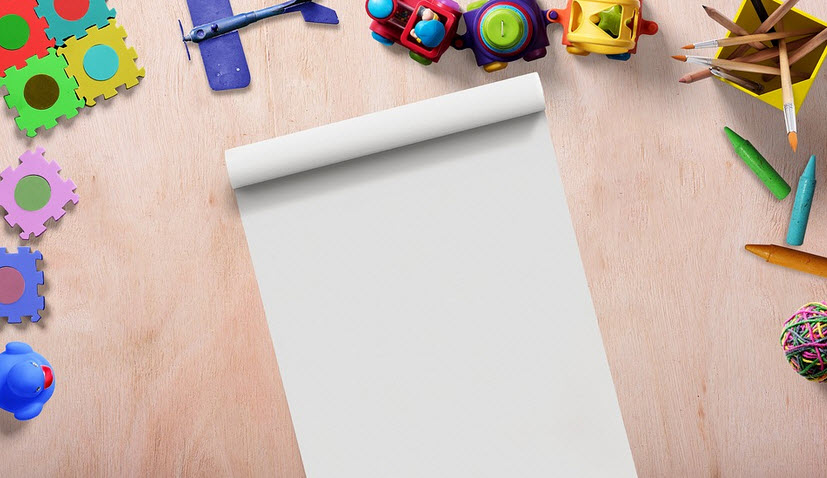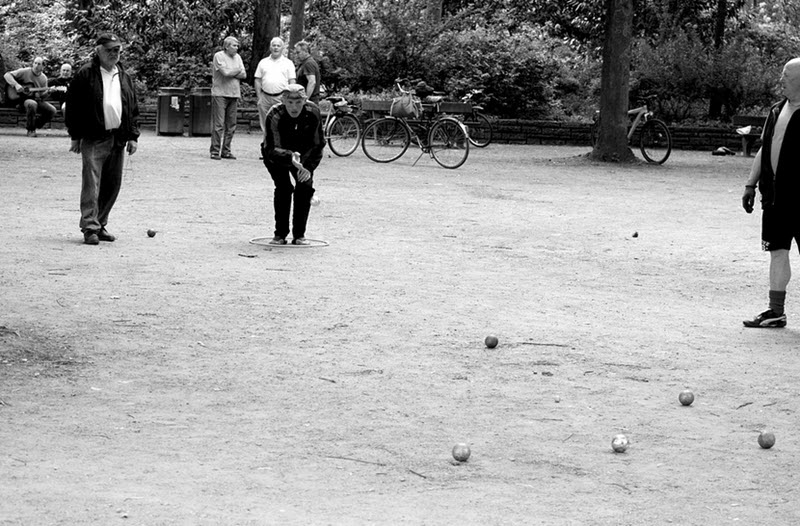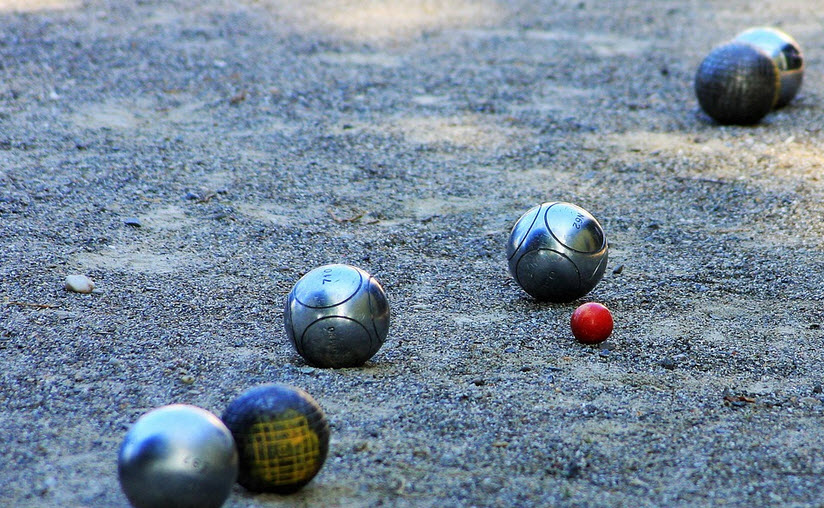
Building Muscle After 60
As we age, staying physically active becomes increasingly important for overall health and wellness. However, building and maintaining muscle mass can be a challenge, especially for individuals over the age of 60. That said, it’s far from impossible. This comprehensive guide aims to provide you with valuable insights into building muscle after 60, from understanding the challenge to implementing effective strategies.
Understanding the Challenges
Hormonal Changes
Hormones play a crucial role in muscle building. After 60, decreased levels of hormones like testosterone, growth hormone, and insulin-like growth factors can slow down muscle growth. That’s why adopting a holistic approach to muscle building, focusing not just on exercise but also on diet and lifestyle, is key.
The insulin-like growth factors (IGFs) are proteins with high sequence similarity to insulin. They form a part of the system that makes it possible for cells to communicate with their physiologic environment.
Sarcopenia (Age-Related Muscle Loss)
As we age, we naturally start to lose muscle mass in a process known as sarcopenia. This is a gradual process that can start as early as our 40s but accelerates after the age of 60. However, regular strength and resistance training can slow down this process, helping you maintain your strength, independence, and quality of life.
Sarcopenia is a type of muscle loss characterized by the degenerative loss of skeletal muscle-mass, quality, and strenght, and it is related to changes in muscle synthesis signalling pathways. Several factors inpact the rate of muscle loss, such as nutrition, exercise, and health conditions. We still do not know the exact mechanics behind sarcopenia and it is believed to the be result of multiple interacting factors, including hormonal changes, nutrition, neurodegenerative changes, and immobility.
Sarcopenia is a factor in the changing body composition common in aging populations. In general, the first areas to show any noticable change are the anterior thigh and abdominal muscles. The degree of sarcopenia is determined by both the initial amount of muscle mass and the rate of decline. Immobility is known to drastically increase the rate of decline in muscle mass, so staying physically active is important.
So, is sarcopenia and cachexia the same thing? No, cachexia is when muscle is degraded by cytokine-mediated degradation.
Strategies for Building Muscles After 60
Resistance and Strength Training
Strength and resistance training are crucial for slowing muscle loss and building new muscle mass. Lifting weights, bodyweight exercises, and resistance bands are all great ways to challenge and strengthen your muscles. A well-designed program should target all major muscle groups and progressively increase in intensity to continuously challenge your muscles as they become stronger.
Consuming Protein-Rich Foods
Consuming sufficient protein is another critical part of building muscle. Protein is the building block of muscle and helps repair and build new muscle tissue. Include plenty of lean protein sources in your diet such as chicken, turkey, fish, eggs, and low-fat dairy products.
Examples of vegan protein sources are lentils, beans, chick peas, green peas, chia seeds, quinoa, hemp seeds, peanut butter, and almonds.
Staying Hydrated
Hydration plays an essential role in muscle health. Dehydration can compromise muscle mass and strength. Therefore, you should make sure you drink plenty of fluids throughout the day.
Get Enough Sleep
Sleep is when our bodies recover and regenerate. Poor sleep or inadequate sleep can hinder muscle recovery and growth.
Consult Health Professionals
Lastly, always consult with your doctor or a qualified personal trainer before starting any exercise program. They can provide you with personalized advice, ensuring your training program is safe and effective.
Conclusion
Building muscle after 60 may seem like a daunting task, but with the right strategies and consistent effort, it’s definitely achievable. Embrace progressive resistance training, ensure a protein-rich diet, stay hydrated, and prioritize sleep to fuel your muscle-building journey. Remember, it’s not just about looking fit—it’s about staying healthier, stronger, and independent as you age.



